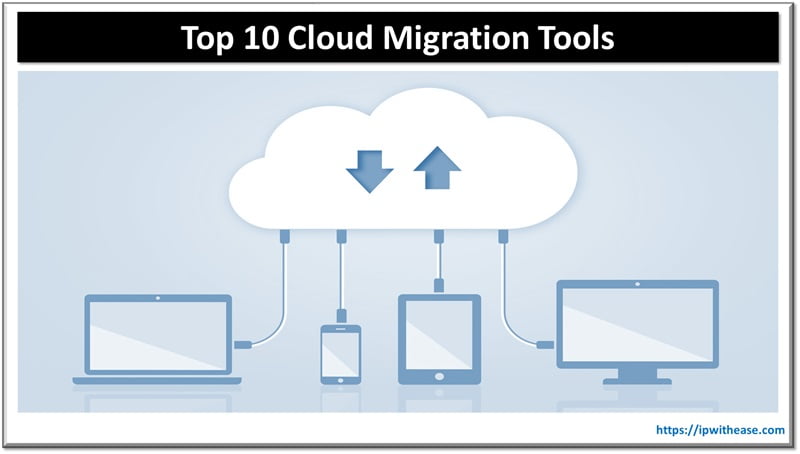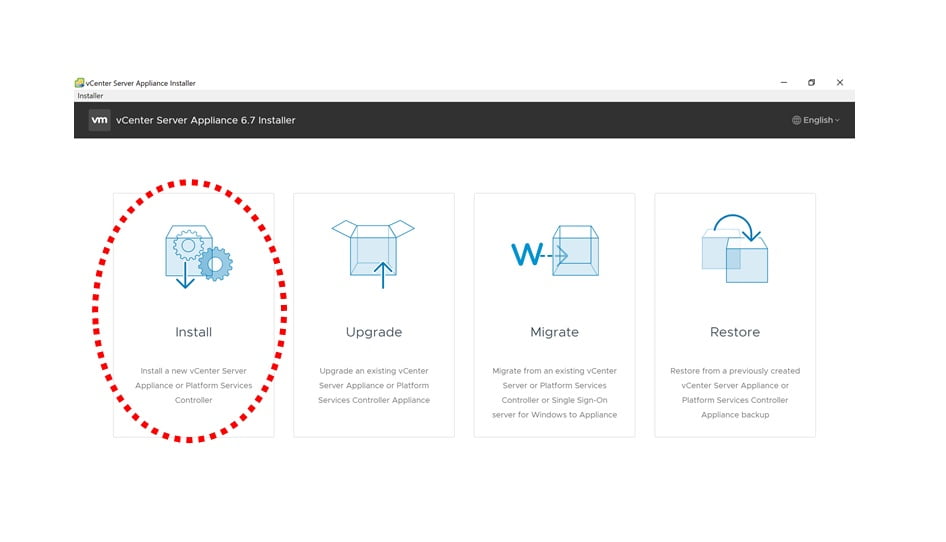Table of Contents
The API management space has evolved rapidly over the last few years. In the past, API management tools were limited to traditional on-premise solutions that required significant time and money to deploy and maintain. However, with advancements in cloud computing technology, API Management as Service platforms now allow you to quickly onboard your API gateway infrastructure without requiring any upfront capital or maintenance costs.
The SaaS model provides a better user experience. Cloud providers offer a faster, more intuitive, and more efficient way of working. Users don’t need to install any software on their devices; all they do is log into the provider’s website or mobile app to access their data and perform tasks such as updating contacts or managing appointments.
This saves time, reduces training costs, and increases productivity levels because users can access the system wherever they are at any time without having to wait for updates. In this blog post, we have compared both unified API and embedded iPaaS platforms and explained their benefits as well.

Unified API Management as a Service
Unified API Management as a Service is a SaaS platform that provides a single access point for integrating applications and services. It also delivers common authentication for underlying APIs, normalized data, and analytics capabilities to help you understand your system’s performance. You can use this unified platform to connect to multiple APIs from different providers at once—and it gives developers a central place where they can manage all of their integration tasks.
Unified API Management Provides:
Single Access Point for Integrations
It provides a single access point for integrating applications and services. You can use this unified platform to connect to multiple APIs from different providers at once—and it gives developers a central place where they can manage all of their integration tasks. With a unified API management platform, you can have all of your integrations, data, and security in one central location. This provides a single access point for all of your needs.
Common Authentication for Underlying APIs
It provides a common authentication method for all of the APIs that you use. This allows you to use a single set of credentials and access controls across multiple providers. Unified API Management Provides Single user interface Allows you to manage all integrations, data, and security in one central location. It also acts as a single access point for integrations and normalizes data across the different platforms. It has a low-code integration designer that lets you build out complex integrations with little to no coding required.
Normalized Data
The unified API Management solution allows you to normalize data from different APIs, and this makes it easier for you to build applications that can work with multiple platforms. It also provides a single integration point where you can access all of your data. Unified API management is the best choice for companies that have multiple departments and teams working on their APIs.
Because unified API management moves all requests through one central platform, it creates a normalized interface for data and processes across the entire organization. This structure allows for easier collaboration between departments and teams, which can make product development more efficient.
Embedded iPaaS as a Service
An embedded iPaaS is a cloud-based application development platform that provides a low-code integration designer, an integration marketplace, and cloud infrastructure. It is usually paired with a low-code app development platform for broader application development needs. An embedded iPaaS is ideal for companies that want to build their own APIs in the cloud but don’t have the resources to do so. With an embedded iPaaS, companies can access a large library of prebuilt tools and integrations that they can customize with just a few clicks.
The concept behind an embedded iPaaS is to provide high-quality business applications within the confines of your organization. It does this by providing a single point of access to the integration marketplace and by providing additional features that make it easier for users to build APIs. Embedded iPaaS is often used by companies that want to start small with their API initiatives.
Embedded iPaaS Provides:
A Low-code Integration Designer
Embedded iPaaS makes it easy to build APIs without writing any code. An embedded iPaaS can do this by providing a visual programming environment that allows users to drag and drop prebuilt blocks into their application. This saves time and effort on both the development side and the business side.
By providing a drag-and-drop interface, it allows you to create the integration flow visually and see how the data is going to be passed between the components. With an embedded iPaaS, a visual representation of each component in your system shows what data is going through them (source) and where it is being sent (target). These visual representations also show how they are connected with each other as well as any other components they depend on.
An Integration Marketplace
The iPaaS market is a growing one, with new players entering all the time. Having an embedded iPaaS provides you with access to this marketplace without having to build your own integration platform or hire an outside team for development. This means that as your business grows and changes over time, it will be easier for you to implement new features and changes quickly.
The marketplace is an important part of the iPaaS platform because it allows you to find, buy and use third-party integrations as part of your app-building process. The marketplace offers hundreds of integrations that can be used to build apps, ranging from API management and chatbots all the way through to content moderation and security tools.
The ability to use these third-party integrations makes it much easier for you to build applications fast with less hassle. There’s no need to develop everything from scratch or try something new if there’s already a solution out there that does what you need – just select from one of these options in the iPaaS integration marketplace and get straight back into building your app!
A Cloud Infrastructure
The embedded iPaaS option provides a cloud infrastructure so that you don’t need to host it yourself. This means that you can focus on building apps rather than managing servers and other technical issues related to running an application. With an embedded iPaaS, you can build and deploy apps in the cloud on-premise or in a hybrid environment. This allows you to use your existing infrastructure while also getting access to all the benefits of using a cloud solution.
How to Choose the Right iPaaS API Platform For Your Business
The decision about what type of API platform to use is a big one. It will affect your business for many years to come, so it’s important that you choose the right one for your needs. The first thing is to understand all of the different types of options available and then narrow down your choices based on specific criteria such as budget, time frame, number of developers required, and more. When selecting an iPaaS API platform, choosing a platform best suits your business needs is important. The following questions will help you get started:
- What are the features and benefits of each iPaaS API?
- How much does each platform cost?
- What support is provided by each iPaaS API?
- How secure is each iPaaS API?
- Is it easy to use the interface or develop on top of the API?
Final Thoughts
So, the question is: do you need an embedded iPaaS or a unified API? It really depends on your business needs. We recommend you use the embedded iPaaS because it is easier to implement an embedded iPaaS that integrates with it rather than building something from scratch.
Continue Reading:
SaaS vs PaaS vs IaaS: Understand the difference
ABOUT THE AUTHOR
IPwithease is aimed at sharing knowledge across varied domains like Network, Security, Virtualization, Software, Wireless, etc.



